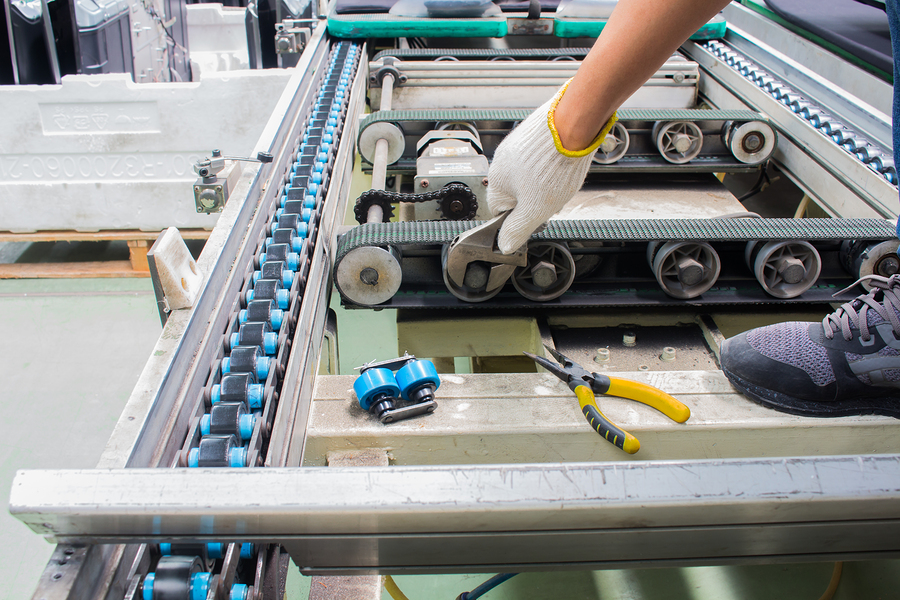Understanding how efficient your maintenance, repair, and operations (MRO) strategy is can yield a lot of insight. Examining costs not only unlocks opportunities for improvement but can also show you where regression may be present. Specifically, an assessment can help explain why good maintenance strategies result in net negatives for your business. When they do, it’s time to address bad habits and poor performance with your maintenance team.
Situational vs. systemic problems
The first thing to examine is the nature of the inefficiencies you’re seeing. Are they situational or systemic? Meaning, are they a product of an uncontrolled variable or controlled ones? If the answer is the latter, it’s important to root out regressive tendencies. Some early areas to focus on include:
- Identifying common problems. Are recurring issues causing the bulk of the systemic problems and, if so, can retraining address them?
- Determining cause and effect. What actions (or lack thereof) are causing avoidable problems, and what is the extent of their effect?
- Examining ways and means for resolution. Are all possible options being explored, or is a narrow approach the cause of problematic resolutions?
- Reviewing goals and standards. Is there a clear understanding of the goals and expectations for your MRO strategy?
It’s important to note that these issues have roots at every level: Supervision, leadership, management, and subordinates all have the potential to share blame in a regressive maintenance environment.

Why does regression occur?
Regression from your maintenance department can have a variety of catalysts. Some are simple to fix, such as working with outdated repair knowledge; others require fundamental improvements, such as making poor judgements about repairs. Here are a few of the most common reasons for regression and how to address them:
- Bad habits (cutting corners) are addressed by identifying those habits resulting in inefficiencies and encouraging better habit formation.
- Familiarity with tasks leading to low attentiveness is addressed through better standard operating procedures (SOPs) and variation in the roles of maintenance personnel.
- Outdated best practices are easily updated and integrated into maintenance training regimens or learned through continuing education.
- Poor judgement on behalf of workers is addressed by teaching critical thinking skills through modules, situational lessons, or cause-and-effect scenarios.
- Understaffing is at the core of many regressions. Supporting your MRO workforce will reduce shortcuts and rushed maintenance tasks.
- Lack of strategy in your MRO approach or SOPs leads to disarray in general. Implementing clear guidelines boosts MRO effectiveness and mitigates costs.
Regression often comes from multiple catalysts, so it’s important to thoroughly vet your strategy and execution with these issues in mind.

Avoid the fall into reactive maintenance
When left unchecked, bad habits and poor maintenance decisions quickly trend downward into reactive strategies. Even the best preventive maintenance approach will fail if execution is an issue, making reactive maintenance inevitable. Avoid this at all costs, because it heralds incredibly costly problems affecting the entire company, beyond MRO specifically:
- Higher equipment repair costs and costs incurred through unanticipated downtime
- Problems scheduling and staffing, leading to disarray during normal operations
- Risks to worker safety and higher instances of on-the-job accidents
- Loss of competitive operational advantages as they’re offset by inefficiencies
- Higher levels of waste or environmental impact
Taking the time to identify regressive tendencies in your MRO strategy is essential in preventing the downward spiral into reactive maintenance. Regardless of what’s causing your maintenance team to regress, focusing on solving these systemic issues means righting the ship before things get much worse.
